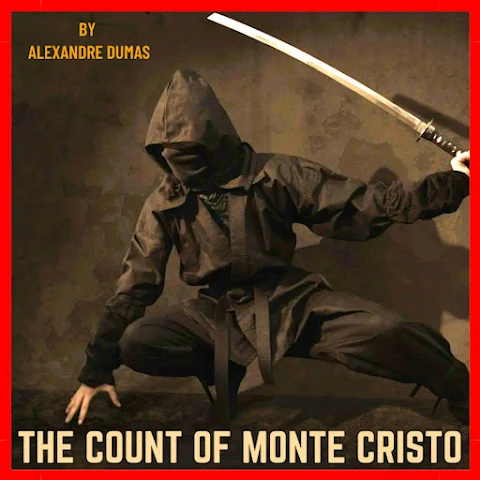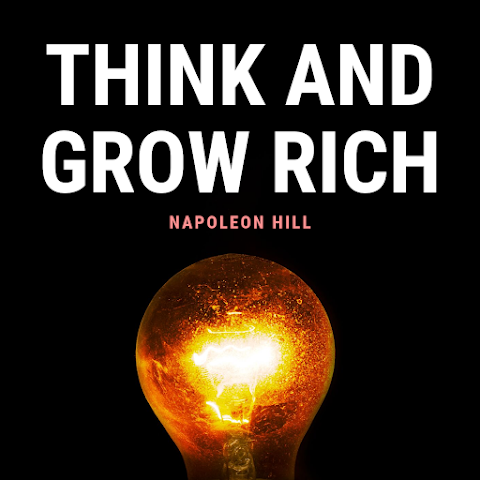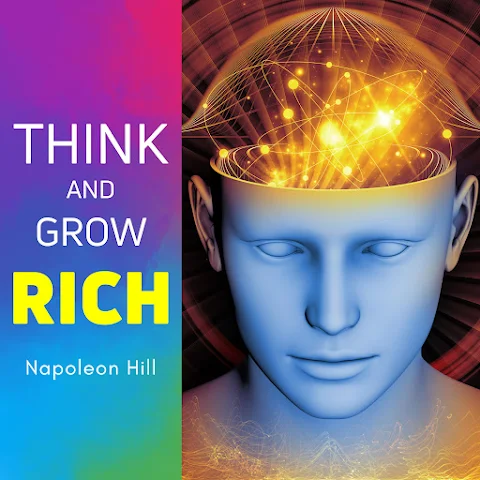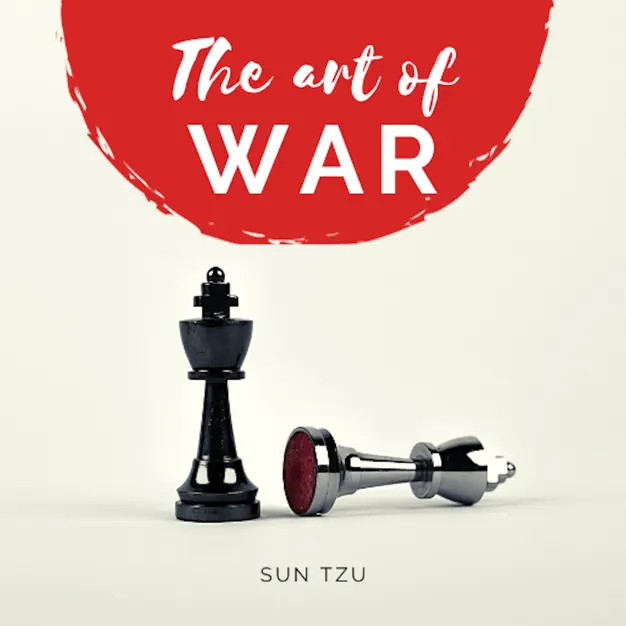Introduction
The 2024 adaptation of The Count of Monte Cristo has garnered significant acclaim for its groundbreaking cinematography, with critics praising its "visually stunning" approach that masterfully brings Dumas' classic tale to life. As noted by Linda Marric of HeyUGuys, who awarded the film a perfect 5/5 score, this adaptation "honours the original novel but also enhances it, offering a fresh and compelling take on a timeless tale" through its visual storytelling.
This comprehensive analysis explores how the film's sophisticated visual language not only enhances the narrative but creates an immersive period experience that has set "new standards for period filmmaking." From its innovative use of natural light to its dynamic camera movements, we'll examine how the cinematography serves both the story's intimate character moments and its grand historical scope.
As Phil Hoad of The Guardian noted, the film achieves "a fast-moving, good-looking gallop" that maintains its visual interest across its three-hour runtime. This analysis will break down the technical and artistic choices that contribute to this achievement, examining how traditional cinematographic techniques blend with modern innovations to create a unique visual experience.
Listen to the Original Story:
Listen on SpotifyCamera Techniques and Visual Innovation
Revolutionary Shot Composition
The film's cinematography demonstrates a masterful understanding of visual storytelling through its sophisticated shot composition. As highlighted by Kevin Maher of The Times (UK), the film creates "obvious superhero echoes" through its framing choices, particularly in scenes depicting Dantès' transformation. The camera work employs a mix of intimate close-ups and sweeping wide shots to contrast the protagonist's personal journey with the grand scale of his revenge plot.
Dynamic Framing Techniques
Several key scenes demonstrate the film's innovative approach to framing:
- The prison sequences utilize claustrophobic, tight frames that gradually expand as Dantès gains knowledge and power, reflecting his psychological journey
- During social gatherings, the camera employs elegant tracking shots that weave through the aristocratic crowds, revealing power dynamics and hidden tensions
- Action sequences feature a mix of steady wide shots and dynamic handheld camera work, creating what C.J. Prince of The Film Stage describes as "stone-faced commitment to executing such silly spectacle"
- Intimate character moments are captured with subtle camera movements that mirror the emotional undercurrents of the scene
Movement and Rhythm
The film's camera movement creates what Christina Newland of iNews.co.uk calls a "refreshingly modern psychological take" through its deliberate pacing and visual rhythm. Notable techniques include:
- Slow, methodical tracking shots during Dantès' plotting scenes that build tension and anticipation
- Quick, dynamic movements during confrontations that heighten dramatic intensity
- Elegant crane shots that establish the grandeur of Parisian society while revealing its underlying corruption
- Subtle dolly movements that create fluid transitions between scenes, maintaining narrative momentum
Technical Innovations
The film employs cutting-edge technology while respecting period authenticity. The cinematography team utilized:
- Advanced stabilization systems for smooth tracking shots through complex period sets
- Custom-designed lens packages that capture the texture and detail of 19th-century costumes and settings
- Innovative lighting rigs that simulate natural period lighting while meeting modern filming requirements
- Drone technology for sweeping establishing shots that reveal the scale of historical locations
Visual Storytelling Through Technology
As noted by Antonio Trashorras of Fotogramas, we are "perhaps facing the most vigorous adventure offered in a long time by European commercial cinema." This vigor is achieved through:
- Integration of modern camera systems that allow for complex choreographed sequences
- Use of specialized lenses that create distinctive looks for different periods in the story
- Implementation of sophisticated motion control systems for precise repeated movements
- Employment of digital technologies that enhance rather than overshadow the period setting
Lighting Design: Crafting Period Authenticity
Natural and Period-Appropriate Lighting
The film's lighting design achieves what Katie Smith-Wong of Movie Marker describes as "visually lush and dazzling" through its meticulous attention to period-appropriate lighting techniques. The cinematography team created a lighting scheme that:
- Utilizes natural light sources to maintain historical authenticity while achieving modern production standards
- Implements sophisticated lighting setups that mimic 19th-century illumination methods
- Creates distinct lighting atmospheres for different social classes and settings
- Employs practical period lighting sources as key elements in the visual composition
Candlelight and Interior Scenes
The film's approach to interior lighting demonstrates particular innovation in its treatment of period-appropriate light sources:
- Candlelit scenes utilize advanced camera sensors to capture authentic low-light environments
- Multiple practical light sources create depth and dimension in interior settings
- Custom-designed fixtures combine period authenticity with modern lighting requirements
- Careful balance of practical and enhanced lighting maintains the illusion of period illumination
Dramatic Lighting Effects
The lighting design serves both practical and symbolic purposes, contributing to what Jorge Loser of Espinof describes as an "elegant stance" that transforms the protagonist into "a 19th century Bruce Wayne." Key elements include:
- Strategic use of shadows to create mystery and tension in conspiracy scenes
- Contrast between bright social gatherings and dark conspiratorial meetings
- Gradual lighting transitions that reflect character transformations
- Symbolic use of light and shadow to represent moral ambiguity
Color Temperature and Mood
The film employs a sophisticated approach to color temperature that enhances its emotional storytelling:
- Warm tones dominate early scenes, establishing a sense of innocence and happiness
- Cool, harsh lighting characterizes prison sequences
- Rich, saturated colors emerge in scenes of wealth and power
- Subtle variations in color temperature track emotional changes throughout the narrative
Technical Achievement in Period Lighting
As noted by Laura Stott of The Sun (UK), the film combines "energetic script" with "suspenseful period drama," achieved in part through its innovative lighting techniques:
- Custom-designed LED systems that mimic historical light sources
- Advanced color control systems for precise period-appropriate tones
- Integration of practical and enhanced lighting for seamless visual effects
- Sophisticated dimming systems for dynamic lighting changes
Visual Narrative: Cinematographic Storytelling
Scene Composition and Visual Architecture
The film's visual narrative demonstrates what Javier Ocaña of El Pais describes as "three fully justified and pleasant hours," achieved through sophisticated scene composition that enhances the storytelling. Key elements include:
- Carefully structured visual progressions that track character development
- Deliberate framing choices that reveal power dynamics and relationships
- Environmental storytelling that enriches the narrative through visual detail
- Symbolic imagery that reinforces themes without becoming heavy-handed
Character-Driven Visual Storytelling
The cinematography excels in what Stephanie Bunbury of Financial Times calls "infectious energy," particularly in its approach to character representation:
- Visual transformations that parallel character development
- Subtle camera movements that reveal emotional states
- Composition choices that emphasize character relationships
- Framing techniques that highlight power shifts and social dynamics
Environmental Storytelling
As noted by Alistair Harkness of Scotsman, the film "takes its time setting up Danté's wronged-man status," achieved partly through sophisticated environmental cinematography:
- Rich visual detail that establishes social and historical context
- Atmospheric shots that create immersive period environments
- Architectural framing that emphasizes themes of power and imprisonment
- Location photography that enhances narrative authenticity
Symbolic Visual Language
The film develops a sophisticated visual language that supports its themes and narrative:
- Recurring visual motifs that track character development
- Symbolic use of space and composition to represent social hierarchy
- Color symbolism that reinforces emotional and thematic elements
- Visual parallels that connect different parts of the narrative
Narrative Progression Through Visual Design
The cinematography creates what Enid Román Almansa of Cinemanía calls "grace and dignity," through its thoughtful approach to visual storytelling:
- Clear visual progression that tracks the story's development
- Sophisticated transitions that maintain narrative flow
- Visual callbacks that reinforce story connections
- Dynamic composition that enhances dramatic moments
Color Palette: Visual Poetry in Period Cinema
Sophisticated Color Theory Application
The film's color palette demonstrates what Jeff Nelson of Guy at the Movies describes as "supremely satisfying" visual storytelling through its sophisticated use of color:
- Historically accurate color schemes that maintain period authenticity
- Emotional coding through subtle color variations
- Character-specific color associations that track development
- Thematic reinforcement through strategic color use
Period-Appropriate Color Design
The film achieves historical authenticity while maintaining modern visual appeal through:
- Careful research of 19th-century color palettes
- Integration of period-appropriate dyes and pigments in production design
- Balance between historical accuracy and cinematic impact
- Strategic use of color to differentiate social classes and locations
Visual Evolution Through Color
The color palette evolves throughout the film, supporting what Paul Emmanuel Enicola of The Movie Buff calls a "refreshing and inventive" approach:
- Distinct color schemes for different time periods in the narrative
- Gradual color transitions that reflect character transformations
- Location-specific palettes that enhance sense of place
- Emotional progression tracked through color evolution
Technical Innovation in Period Filmmaking
Digital Integration and Modern Methods
The film showcases what Jack Martin of Film Feeder calls "handsomely crafted" technical achievements:
- State-of-the-art digital camera systems adapted for period aesthetics
- Advanced color grading techniques that enhance period atmosphere
- Seamless integration of visual effects with practical elements
- Innovative post-production processes that maintain visual authenticity
Creative Solutions to Period Challenges
The production team developed innovative approaches to common period filming challenges:
- Custom lighting solutions for historical locations
- Advanced techniques for maintaining period authenticity in action sequences
- Creative use of practical effects enhanced by digital technology
- Sophisticated approaches to weather and atmospheric effects
Visual Impact and Legacy
The cinematography of The Count of Monte Cristo (2024) establishes new standards for period filmmaking, as acknowledged by Gisela Savdie of El Heraldo, who notes how "the script, the set design and the music contribute to captivate the audience from start to end." The film's visual achievement lies in its ability to balance historical authenticity with modern technical innovation, creating a viewing experience that both honors Dumas' classic tale and engages contemporary audiences.
Technical Achievement
The film's technical accomplishments include:
- Groundbreaking integration of modern technology with period aesthetics
- Innovative approaches to traditional cinematographic challenges
- Successful balance of practical and digital effects
- Creation of a distinct visual language for period storytelling
Conclusion: A New Visual Standard
Through its masterful cinematography and innovative visual storytelling, the 2024 adaptation of The Count of Monte Cristo achieves what Jeanne Kaplan of Kaplan vs. Kaplan describes as "exceptional" and "unlike anything you've seen before." The film's sophisticated approach to visual storytelling combines technical innovation with artistic sensitivity, creating a rich visual experience that enhances the narrative while maintaining historical authenticity.
The cinematography team's achievement lies not just in their technical expertise, but in their ability to use these tools in service of the story, creating what David Kaplan simply but effectively describes as "Magnifique!" This visual mastery sets a new standard for period filmmaking, demonstrating how modern technical innovation can enhance classical storytelling while maintaining historical authenticity and emotional resonance.



